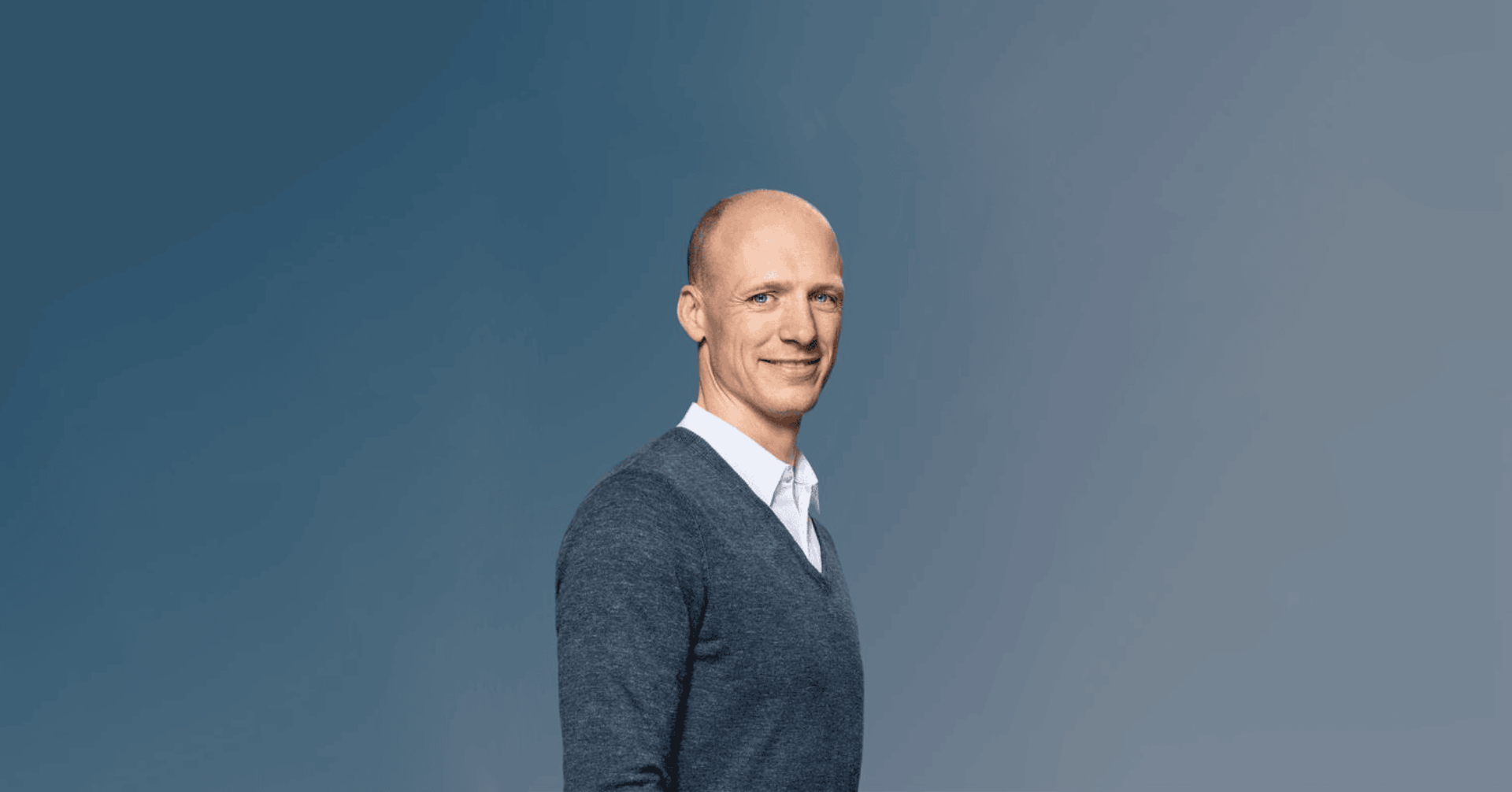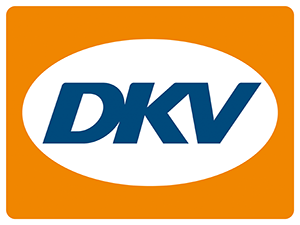e-Mobility at DKV Mobility: Insights in a sustainable transformation

Christopher Schäckermann, Director e-Mobility at DKV Mobility, is passionately driving the transformation to a more sustainable future of mobility together with his team. In this article, he provides insights on the topic of e-mobility, how the transformation to electric mobility is being accomplished within the company, and why DKV Mobility employees play a crucial role in shaping the electric future.
DKV Mobility is a pioneer of shaping a sustainable future. Under the motto "Lead in Green," it unites all initiatives that promote greater sustainability. Measures are implemented both internally and externally. A good example of the commitment on both sides is the Green Pledge the company made in 2020. The Green Pledge consists of two clear goals: first, by 2023 DKV Mobility aims to reduce its corporate carbon footprint by ~ 50% compared to 2019 and, more importantly, it wants to help customers to reduce the CO2 intensity of their fleets by 30% by 2023 compared to 2019.
A look at the corporate strategy: Sustainability is firmly anchored in DKV Mobility's overall strategy
These are clear goals that show how important sustainability is for DKV Mobility. To this end, e-mobility also plays a major role. "Of course, we feel that e-mobility is becoming more and more important. The focus is clearly on the continuous expansion of our sustainable drive strategy, not least due to our purpose: to drive the transition towards an efficient and sustainable future of mobility," says Christopher Schäckermann.
A sentence that succinctly sums up DKV Mobility's ambitions and that not only has meaning in Christopher Schäckermann's team, but also connects all employees. An important point, because of course the perspective of the employees is important for the successful implementation of the e-mobility strategy in the company. Only those who are convinced themselves can also convince others.
Focus on our employees: How is the change implemented in the company?
"For us, it is very important that our employees can familiarise themselves with e-mobility so that they can actively help shape sustainable mobility. That is why, for example, we offer more than 100 wallboxes with discounted charging conditions for our employees in the parking garage at our headquarters in Ratingen. A very special benefit that can play a decisive role in the decision to buy the next car" states Christopher Schäckermann.
It is these incentives that encourage employees to switch to an environmentally friendly drive themselves and to drive electric privately. This is a decisive advantage, because DKV Mobility gains valuable experience from every employee who decides to drive an electric vehicle. When you drive electric yourself, you notice things that can perhaps be optimised. "The increased private use creates an open culture of innovation and we can always orient ourselves very closely to the users and thus also to our customers. Around one third of DKV Mobility company car drivers already use electric or hybrid vehicles. When considering new company car orders, the share of electric vehicles stands at 60%. That's a great development, of course," says Christopher Schäckermann, underscoring the importance of employees in the transition to a more sustainable future. The more the employees come into contact with electromobility, the better one can test new developments in-house, which helps to better understand the needs of the customers.
What impact does e-mobility have on working practices in the company?
Electromobility is fundamentally a very young business field. While structures in the refueling or toll sectors have been established for years, a lot had to be built up in a short time in the field of electromobility. In addition, there are many different providers offering charging options. The charging landscape is much more dynamic and fragmented than it is in the existing business.
"Nevertheless, we naturally make the same promise to our customers as in the fuel station or toll sector. We want to be a reliable provider that offers access to the largest acceptance network. Regardless of whether we are talking about conventional fuel or charge points. Due to the new requirements, we have to prepare for exciting challenges and act much more flexibly in some areas.", says Christopher Schäckermann. Many standard structures or regulations in the business environment of electromobility have not yet been established or need to be created. Here, it is clearly the task of DKV Mobility to offer customers stability.
It quickly becomes apparent that although the working methods may differ, one thing remains unchanged: the focus on the customer. "The acquisition of Greenflux was a decisive step for us. The entire backend is now in-house - the coordination paths are short and this helps us build up and develop the business internally and to optimise it even further in the future." Christopher Schäckermann summarises.
Looking to the future: What developments can be expected?
The current milestone of around 509,000 charge points in the network is proof of the rapid growth that characterises electromobility. Just 3 years ago, the first major milestone of 100,000 charge points was cracked. An impressive development that is far from reaching its end.
"As the leading European B2B platform for on-the-road payment solutions, our goal is clearly defined. We want to offer the largest brand-independent acceptance network in the field of electromobility. Our customers are used to being able to use the DKV card practically everywhere. We also want to offer this at European charge points. We are on a very good path and have already built up a very large network, which we are constantly expanding. However, we still feel we are at the beginning of our development and want to continue to live up to our pioneering role in the future," says Christopher Schäckermann.
It is clear that electromobility is not just a trend for DKV Mobility, but an answer to the sustainable future of mobility.
